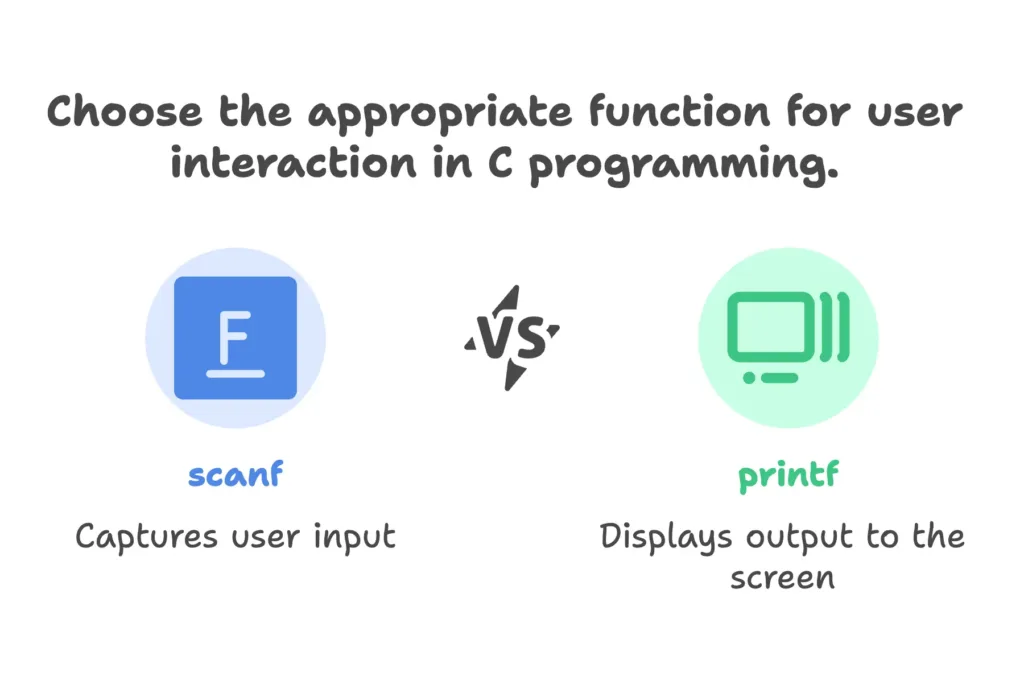Basic Input and Output
In the world of programming, input and output (I/O) operations play a crucial role. They allow programs to interact with users and exchange data with the external environment. In the C programming language, managing input and output is fundamental. This guide will take you through the basics of handling input and output in C, covering everything from simple console input/output to more advanced file operations.
Standard Input and Output
In C, the standard input is usually associated with the keyboard, and the standard output is typically associated with the console or terminal.

Printing Output
The printf() function is used to display output to the console. It takes a format string followed by optional arguments that match the placeholders in the format string.
#include <stdio.h>
int main() {
printf("Hello, World!\n");
return 0;
}
Taking Input
The scanf() function is used to take input from the user. It works similarly to printf() but takes additional arguments for storing the input values.
#include <stdio.h>
int main() {
int num;
printf("Enter a number: ");
scanf("%d", &num);
printf("You entered: %d\n", num);
return 0;
}
Understanding basic input and output operations in C is crucial for any programmer. It allows for effective communication between the program and the user or external devices. By mastering these concepts, you'll be well-equipped to build more complex C programs that interact seamlessly with their environment. Remember to practice these concepts regularly to reinforce your understanding.Happy coding! ❤️
